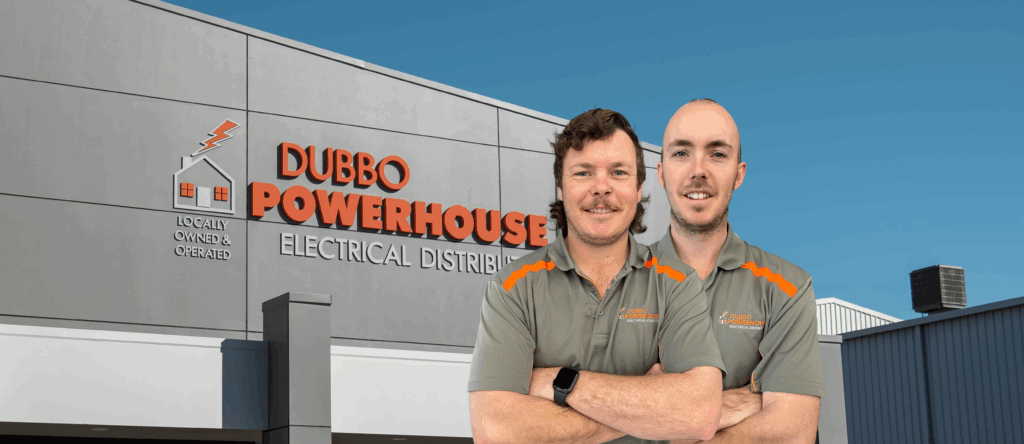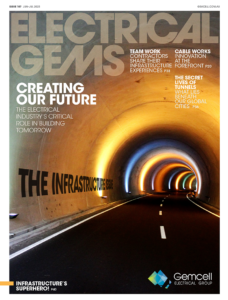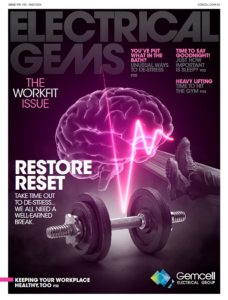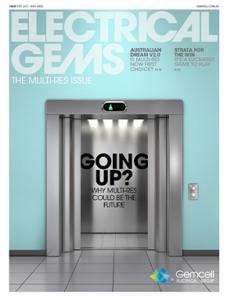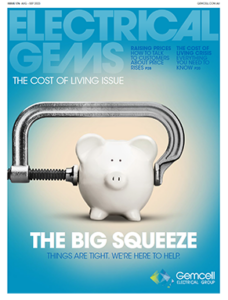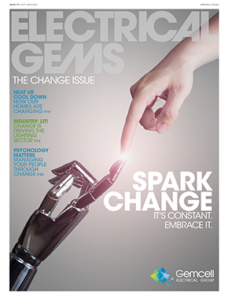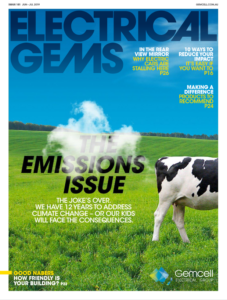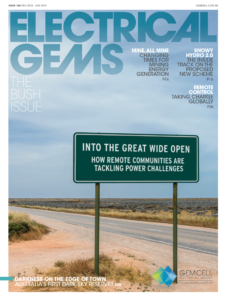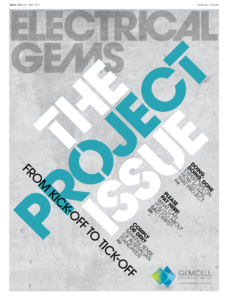We speak to two experts to find out.
Continual improvement needs careful planning, so what are Australia’s strategic priorities when it comes to infrastructure – particularly in our regions?
What are the top infrastructure priorities in regional Australia over the next 10 years, and why?
Our next 10 years must see us prioritise housing, water security projects, and connectivity projects – be they road, rail, internet or air.
What are some of the biggest hurdles facing infrastructure projects in regional Australia today, and how can they be overcome?
We are a large, rugged island, and we have many challenges: sheer distance, topography, climatic and economic. It always comes down to money. Investment in regional areas allows growth of export markets, including manufacturing, agriculture or others. We have a city-centric approach and this has led to congestion. The right investment can create solutions to that problem, but we need government policy and investment to change its focus if that’s going to happen.
What needs to come first: infrastructure investment, business investment or population growth?
It’s chicken or the egg. With a somewhat blank canvas, infrastructure would come first – allowing for planned growth will encourage business and population. So, well-planned and thought-out infrastructure.
What role does government funding have to play in regional infrastructure growth, and where do you think regional growth genuinely is on the list of priorities?
Regional growth is the key to our overall future. The rural and regional areas are the food bowl, production areas for our nation – $75.6 billion in exports during 2023/24 according to government data. In 2019/19 figures had that at $49 billion, the top five being wheat, beef/veal, canola, cotton and sheep/goat meat. The infrastructure to move this is critical and requires:
- investment in projects such as inland rail to move product efficiently to port
- roads to move product to rail and freight hubs
- the associated infrastructure for people to live in these areas, including, but not limited to hospitals, schools and housing.
The funds needed for some of these is dependent on the Australian Government. However, recent budgets have not seen that investment, and it would appear it’s a low priority – but it should be higher. Of our 27.7 million-strong population, 87% live within 50 kilometres of the coast, but over 67% of our daily food is produced inland.
What are the things that metro-based people may find surprising about regional infrastructure development?
The amount of space, the distance, the cost, the opportunity to obtain ‘bang for buck’. The fact that pioneers still exist and there are many large regional businesses that go somewhat unnoticed while they’re leading the way in exports, design and entrepreneurship.
Lionel Markwort, General Manager, Apex Energy Australia, says:
What are the top infrastructure priorities in regional Australia over the next 10 years, and why?
Reliable renewable energy infrastructure is critical. In regional communities, power supply can be so inconsistent that essentials like refrigeration are unreliable. These towns face energy outages that can last days – consistent power through solar and battery solutions is important to help stabilise basic services and improve everyday life.
What are the biggest hurdles facing infrastructure projects in regional Australia today, and how can they be overcome?
Logistics, remoteness and cost are major challenges. For projects we undertake, we like to engage Indigenous workers locally and, where appropriate, appoint a community liaison officer. This community-first, self-sufficient model ensures smoother delivery, reduced costs, and long-term trust.
What comes first: infrastructure investment, business investment, or population growth?
Infrastructure investment must come first. Without stable power, it’s impossible to retain or grow the population, and businesses have no confidence to invest. Energy infrastructure is foundational. When it’s in place, communities can function, thrive, and grow.
What role does government funding play, and where does regional growth sit in the priority list?
Government funding is absolutely essential – public pressure and growing media coverage is starting to shift attention toward more equitable regional investment.
What might metro-based people find surprising about regional infrastructure development?
How unreliable basic services still are in remote towns. Old generators often
fail, and it can take days to restore power. What metro residents consider standard — like fridges running or lights staying on — is often inconsistent in these communities. The impact on health, safety, and general living is very real.





